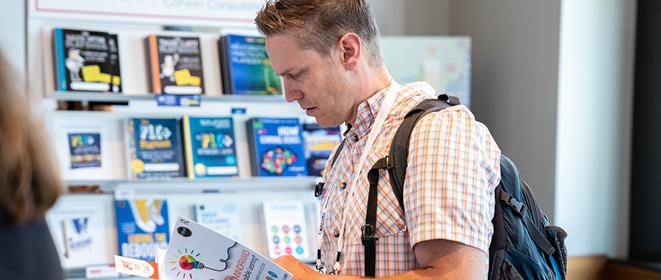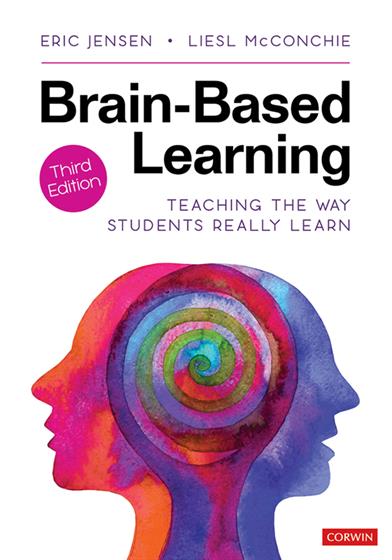Hands-on, Practical Guidance for Educators
From math,
literacy, science, equity, multilingual learners, and SEL, to assessment, school counseling,
and education leadership, our books are research-based and authored by experts
on topics most relevant to what educators are facing today.

Brain-Based Learning
Brain-based teaching boosts cognitive functioning and fosters the joy of learning. This new edition of the bestseller provides an evidence-based approach that reveals how the brain learns best.
- Grade Level: PreK-12
- ISBN: 9781544364544
- Published By: Corwin
- Year: 2020
- Page Count: 240
- Publication date: April 03, 2020
Review Copies
Review copies may be requested by individuals planning to purchase 10 or more copies for a team or considering a book for adoption in a higher ed course. Request review copy
Other Titles in: Student Engagement & Motivation | Brain-Friendly Teaching & Learning | Emotional Intelligence



